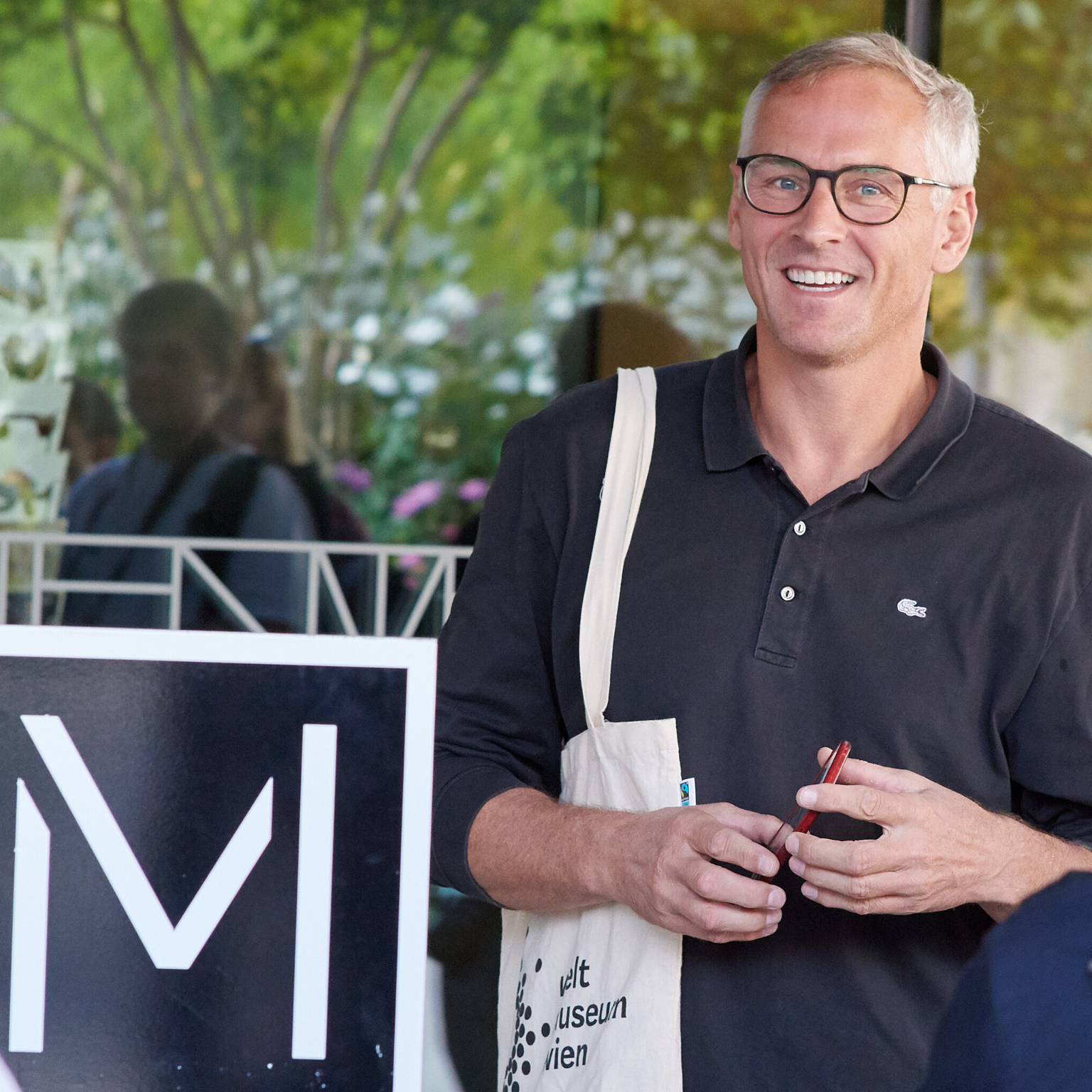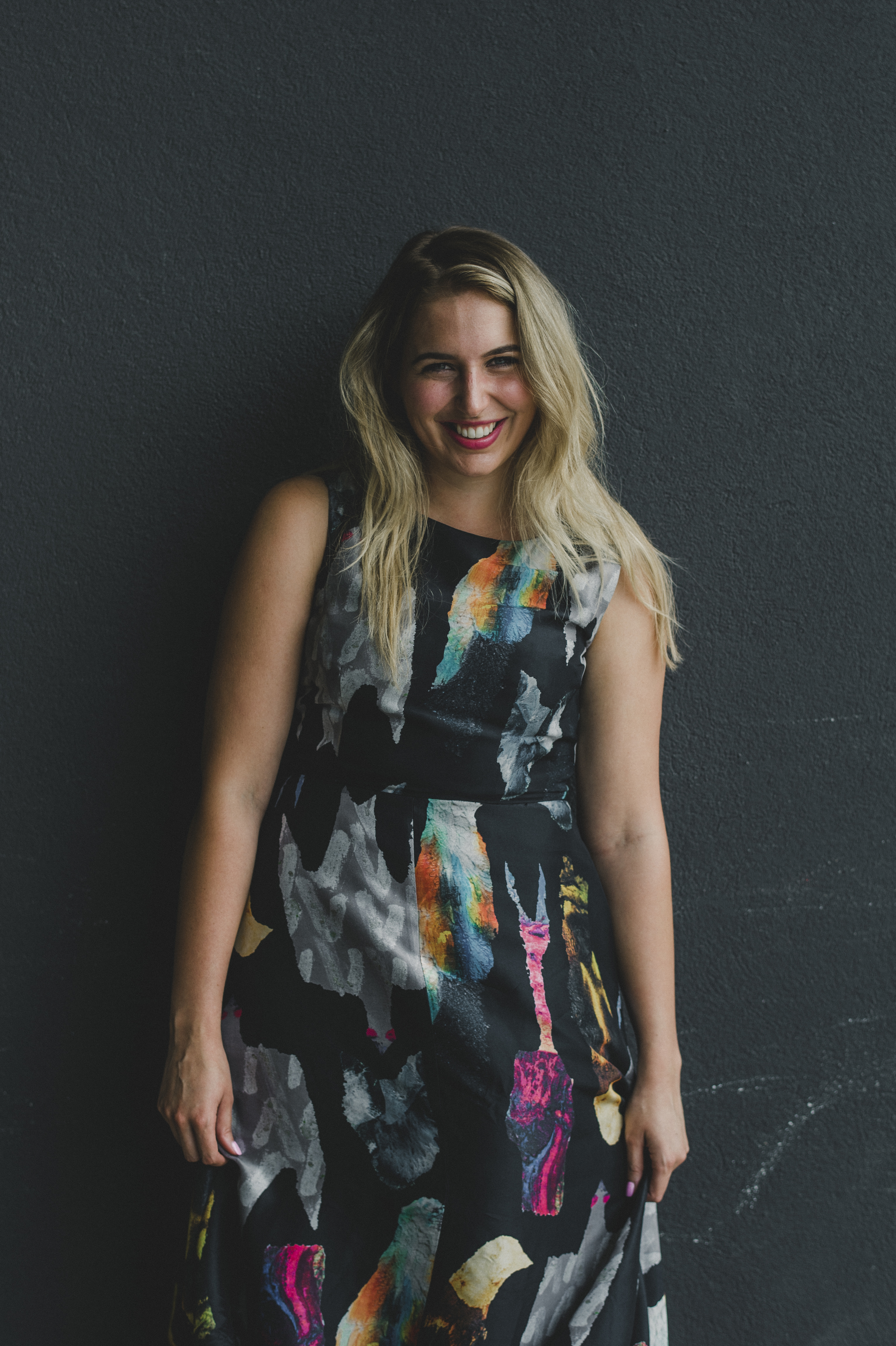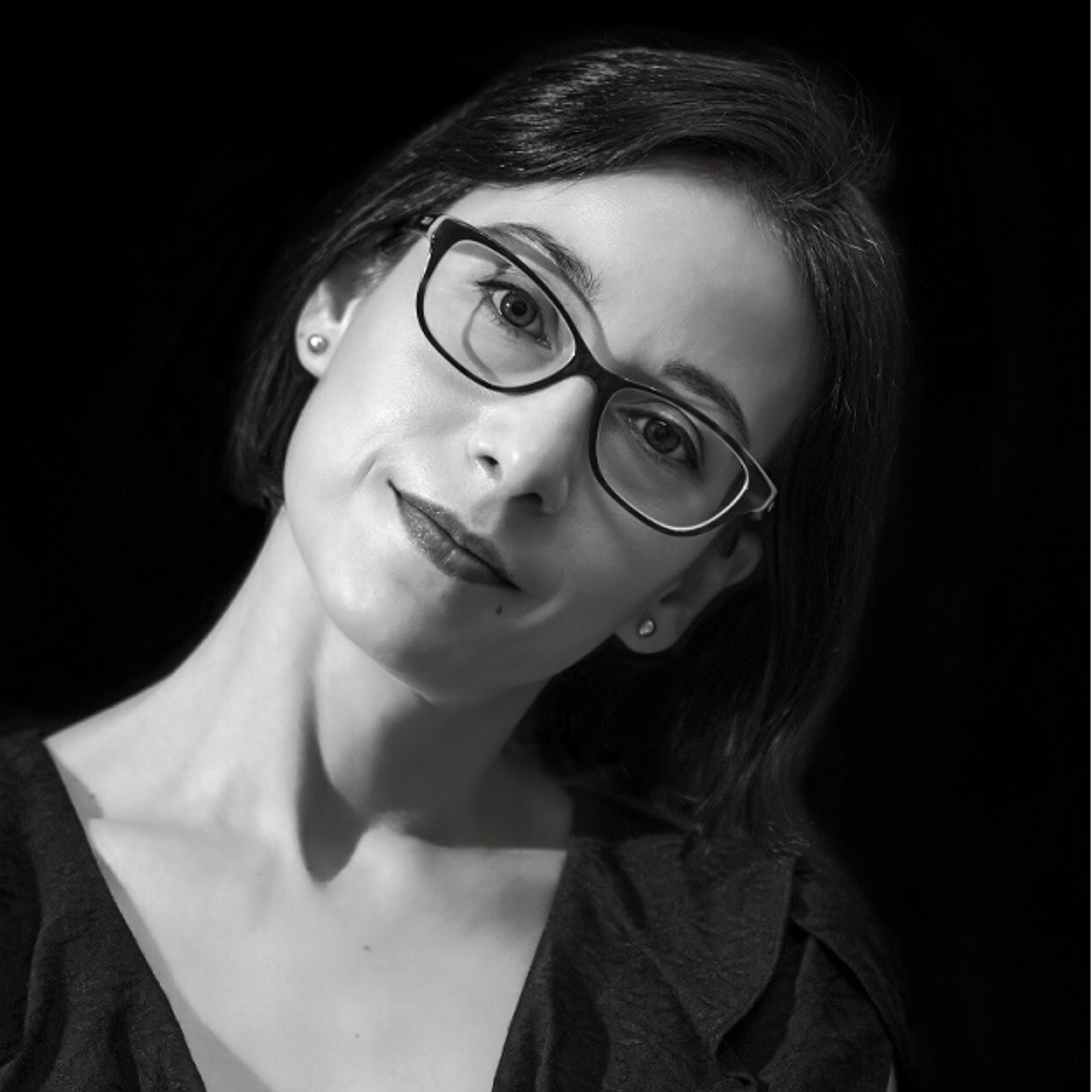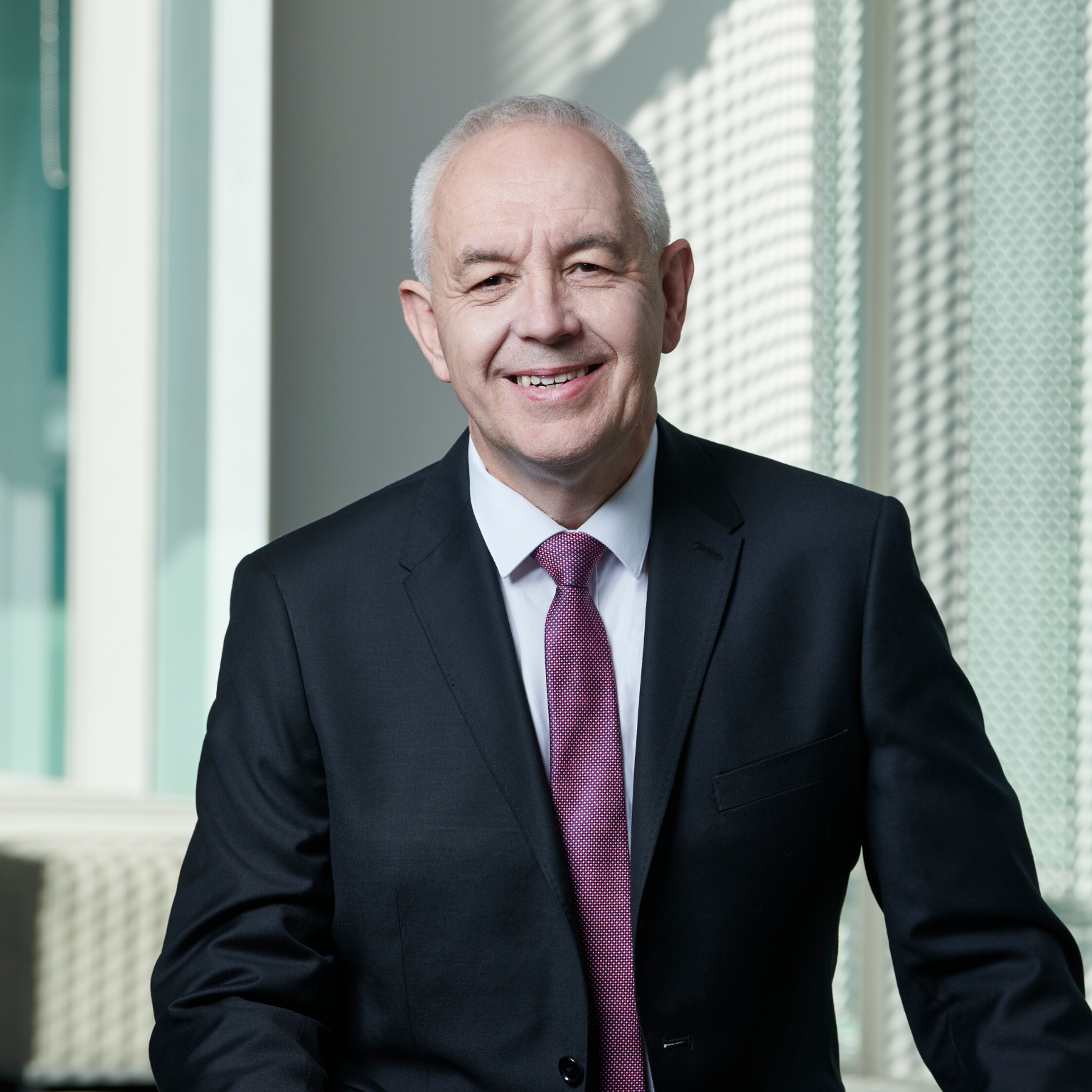Boris Wastiau, Director of MEG – Ethnographic Museum of Geneva. Photography © MEG, J.Watts
1.What is your museum about and what are its challenges?
Our museum’s vision is to explore equitable exchanges and interculturality from a translocal perspective. Like many similar institutions it has colonial roots, which sequels we want to overcome. Questioning received ideas, cultural representations and practices, we aim at facilitating decolonization and reorienting our gaze to the future.
Besides decolonization of the collections and exhibitions, we want to foster the role of the museum as a platform of collaborations, local and international and as a place to inspire creativity. Besides, we will strive to become a reference in the field of sustainable development. For a period of five years, our forthcoming exhibitions, turning their back to XXth C. ethnography, will be experiments in co-curatorship to address issues of the Anthropocene.
While the work on the historical collection still addresses issues of the past, like provenance research, the most significant efforts will come in addressing issues relating to the future of humankind, its societies and cultures. In the process, we will rely more than even on collaboration with creators and thinkers engaged in global issues.
2.What kind of remarkable digital innovation would you like to share with us? It can be online and/or in your physical space.
For several years, in the 2000s and early 2010s, MEG had acquired a fairly good reputation in terms of digital for which we even got a couple of international prizes: a precursor website, collections fully online, online services for objects loans and photographic reproductions, regular production of interactive media in the exhibitions or again the first Facebook account in the local network of museums we are part of. But with the rise of digital services, of the mobile, the apps, AI and AR, we clearly lost the lead!
Today we have engaged in a digital transition project to come back in the race and better serve our patrons, physical or virtual. It is about setting up and running a digital architecture and bringing all members of staff to contribute to it in their own field of expertise. To speed up this process, we have appointed a head of digital and a digital engagement specialist. I trust that changes will become visible soon!
3.What are the social media platforms that your museum chose for its digital presence and who are your primary target audiences?
Facebook, YouTube and Instagram were chosen because of their reach and because they were the obvious thing to do. Our Twitter account remained unused and LinkedIn used by individual members of staff only, not institutionally.
The basic strategy in the past years has been to increase our audiences using these platforms as channels for broadcasting information about the collections, news about the institution or public events. Our benchmarking proves that we have been successful. But today our challenge is to move from digital communication to digital engagement, to shift from a push to a pull strategy, to build up communities, to coproduce content, and so on. As we all know, this will require to better know our audience’s expectations, needs and motivations.
A specific audience analysis is under way in this respect. We also know that we must think “mobile first”! Besides, we are aware of the vital need of engaging with professional audiences separately. In this respect, LinkedIn appears today as a most important platform.
4.If you had to keep one social media platform to reach youngsters, which one would you pick?
The 10 to 16 years of age as we know have an entirely different relationship to the digital than the older people. They were born into it, so to speak, and switch from a system to another as soon as they identify a way of improving their reach, their capacity to organise as groups, or to sieve the information they are interested in.
Looking at teenagers using their mobiles, the truth is that we do not know the digital world they live in. Providers do, because they are mastering it, and we must not forget the ethical implications of addressing this under age audience. At MEG as elsewhere we know that we can reach youngsters only in the proportion that those platforms’ algorithms allow.
Today, IG, YouTube and TikTok are the obvious platforms, the latter not yet being implemented with us. Needless to say, message, content and format need to be adapted to this audience’s specific needs and aspirations, just like with the adults. So which one to chose? That will be up to our digital engagement specialist according to her targets at a given time.
5.Tell us how are you facing the coronavirus emergency with the museum? What strategies are you using?
Covid19 did very good service in bringing changes to IT in our work. Within a couple of weeks, the IT services of the City of Geneva provided a broad range of solutions for the majority of its workers, from VPN access and document sharing systems, to videoconferencing, distant access to PC, and so on.
I find the use of videoconferencing very interesting as it brings a quite different attitude from participants. But this does not mean that we have yet implemented our digital engagement strategy. Our reaction to the situation prompted new, circumstantial posts, but no significant new form of engagement.
I personally think that this sanitary crisis gave rise to an unprecedented noise in all spheres of information and communication, proportionally as important as the silence that has taken our confined cities. …while we all know that in times of crisis each message should be chiselled to be timely and relevant. But who was ready for this to happen? Interestingly, visits to our website drastically dropped. I do not know about the situation on social media.
6.Do you have a professional alter-ego somewhere in the world to whom you would like to ask a professional question?
The “Rijks” in Amsterdam has long been a model in my eyes, for its visionary architecture of information and for its precursor understanding of potential audiences’ aspirations in the digital field.
But today, I would be interested to know how Hans-Ulrich Obrist, at Serpentine gallery, who co-founded the Internations group with Bernard Stiegler, would envisage an ethical development of social networks in the worrisome context of the Anthropocene.
Interview by Fabio Pariante, journalist
MORE
MEG on social networks: Instagram, Facebook, YouTube
Boris Wastiau (Belgium, 1970) is the Director of the MEG – Ethnographic Museum of Geneva, since 2009. He was educated at the Université libre de Bruxelles, University of Coimbra and the University of East Anglia.
The MEG contains a collection of 70,000 works of art and artifacts from the five continents, most of which are ritual artifacts and everyday objects of the 20th century. More and more acquisitions include commissioned contemporary art creations, contemporary craftsmanship, video and photography installations acquired specifically for the exhibition program.
Wastiau is currently working with the team on a new strategic plan for the MEG: a new vision, new missions and strategic goals. He is also professor at the University of Geneva.



